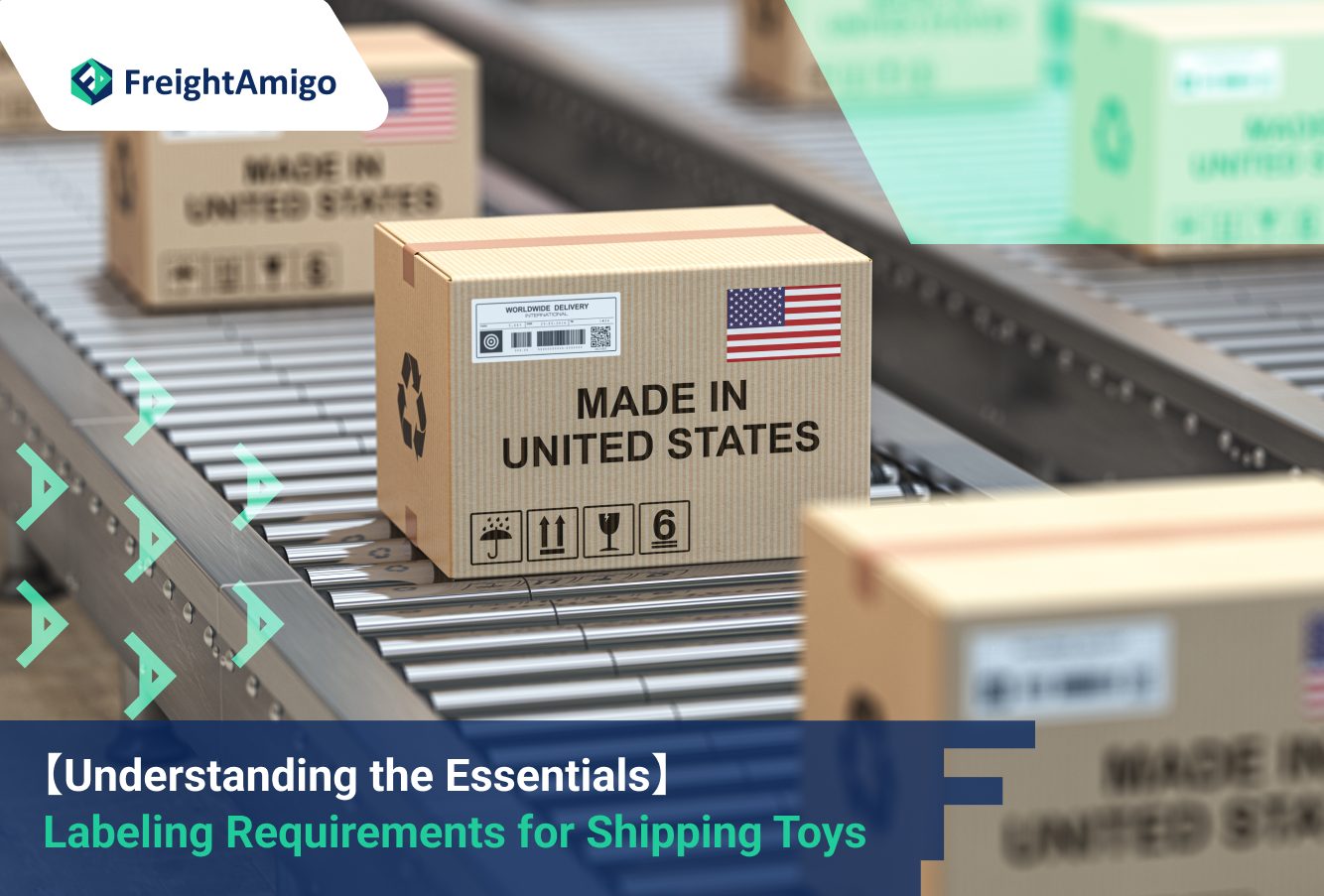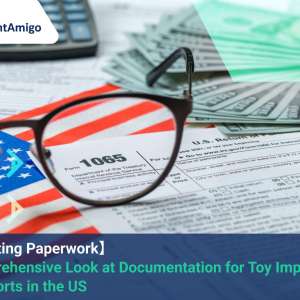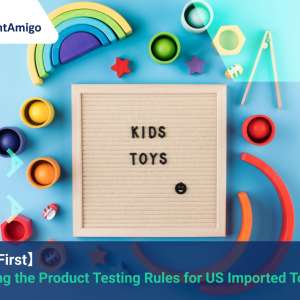Shipping toys is not as simple as putting them in a box and sending them off. There are specific labeling requirements for shipping toys that manufacturers, distributors, and retailers need to adhere to. These requirements are put in place to ensure consumer safety, especially for children who are the primary users of these products. The labeling requirements for shipping toys can vary depending on the type of toy, its intended age group, and the country it is being shipped to.
Understanding these labeling requirements is critical for businesses involved in the toy industry. Not only does it ensure that the toys are safe for use, but it also helps avoid any legal issues that may arise due to non-compliance. This article aims to provide a comprehensive understanding of the labeling requirements for shipping toys.
One might wonder why there are specific labeling requirements for toys. After all, they are just playthings, right? Wrong. Toys, like any other product, need to meet certain standards before they can be marketed and sold. This leads us to the next section where we discuss the importance of correct labeling for toy shipments.
Latest update on 12 January, 2024 by Aiden Ng– Marketing Analyst at FreightAmigo
Want to compare the best Express, Air Freight, Sea Freight, Rail Freight & Trucking rates so as to have better control on cost?
Importance of Correct Labeling for Toy Shipments
Correct labeling is crucial for several reasons. Firstly, it provides essential information about the toy, like the appropriate age group, safety warnings, and instructions for use. This information helps consumers make informed decisions about their purchases.
Secondly, correct labeling ensures that the toy complies with the safety standards set by regulatory bodies. For instance, the labeling requirements for shipping toys to the USA are regulated by the Consumer Product Safety Commission (CPSC). These requirements ensure that the toys do not pose any physical or chemical hazards to children.
Lastly, correct labeling helps avoid any legal issues that may arise due to non-compliance with the regulations. Non-compliance can result in hefty fines, product recalls, and damage to the company’s reputation.
Common Labeling Requirements for Toys
Labeling requirements for shipping toys vary depending on the type of toy. However, some common elements need to be included in all labels. These include warnings, age recommendations, and manufacturer’s details.
Warnings provide information about any potential hazards associated with the toy. For example, small parts warnings are required for toys intended for children under three years old, as they can pose a choking hazard.
Age recommendations provide guidance on the appropriate age group for the toy. This is based on the toy’s complexity, safety features, and potential hazards.
Manufacturer’s details, including the name and address, are also required to be on the label. This information helps track the product back to the manufacturer in case of any issues.
Specific Labeling Requirements for Different types of Toys
Different types of toys have different labeling requirements. Take plush toys or stuffed animals, for instance. These toys need to display the appropriate fabric content on their labels. This is because certain fabrics may cause allergic reactions in some children.
Other specific labeling requirements include the flammability warning for toys made of flammable materials, and the wash and care instructions for washable toys. Battery-operated toys need to carry information about the type and number of batteries required, as well as the battery safety warnings.
Steps to Comply with Labeling Requirements for Shipping Toys
Complying with the labeling requirements for shipping toys involves several steps. Firstly, one needs to understand the regulations that apply to their product. This can be done by referring to the guidelines provided by regulatory bodies.
Once the applicable regulations are understood, the next step is to design the label. This involves including all the required information in a clear and readable format. It is also important to ensure that the label is durable and securely attached to the toy.
The final step is to have the product and its label inspected by a third-party testing agency. This ensures that the toy and its label comply with all the regulations.
Legal Consequences of Non-Compliance with Toy Shipment Labeling Requirements
Non-compliance with toy shipment labeling requirements can have serious legal consequences. These can include hefty fines, product recalls, and even legal action. In some cases, businesses may also be banned from selling their products in certain markets.
Moreover, non-compliance can also damage a company’s reputation, leading to a loss of consumer trust and decreased sales.
Conclusion: The Importance of Staying Informed About Labeling Requirements for Shipping Toys
In conclusion, understanding and complying with the labeling requirements for shipping toys is crucial for businesses in the toy industry. Not only does it ensure consumer safety, but it also helps avoid legal issues.
Staying informed about these requirements is therefore essential. Businesses should regularly review the regulations and update their labels accordingly. By doing so, they can ensure that their toys are safe, compliant, and ready for shipping.
There are different options for cargo transportation. If you want to choose the most convenient and suitable solution, it is best to have the full support of logistics experts! If you are planning to ship goods overseas, please go to the FreightAmigo page for inquiries.
===
Read More:
【The Comprehensive Guide to Toy Shipping】 Regulations, Customs, and Best Practices
How to Package Toys for Shipping: Protecting Your Products and Delighting Customers
【Mastering the Rules】 How to Comply with Regulations for Importing and Exporting Toys
【Navigating Paperwork】 A Comprehensive Look at Documentation for Toy Imports and Exports in the US
【Safety First】 Unpacking the Product Testing Rules for US Imported Toys
===
If you have any inquiries on logistics/supply chain, feel free to contact FreightAmigo now:
Hotline: +852 28121686
WhatsApp: +852 27467829



